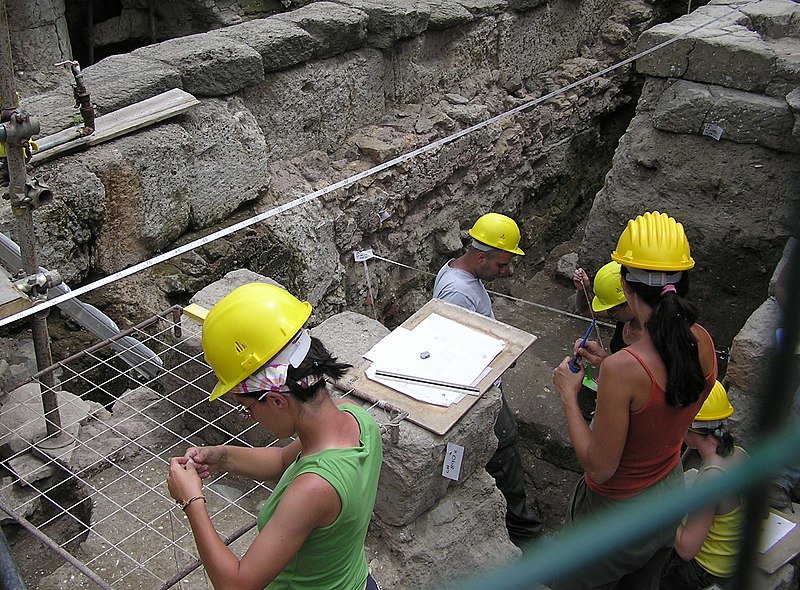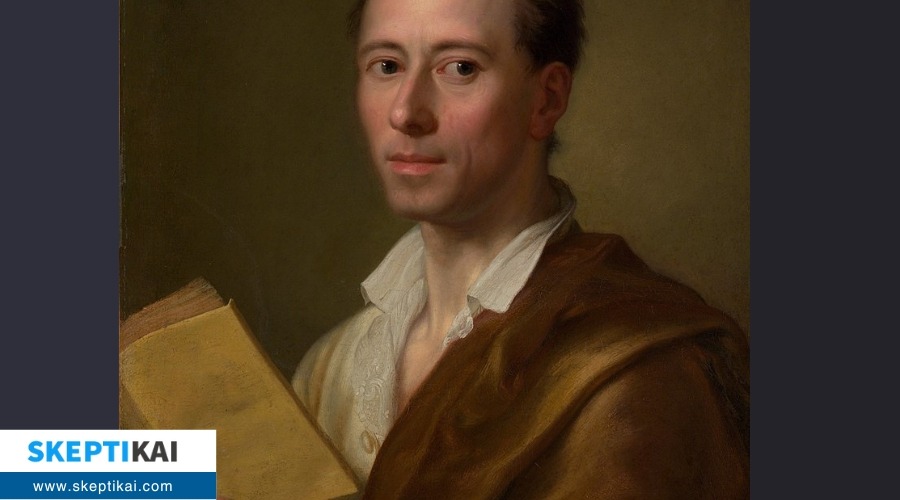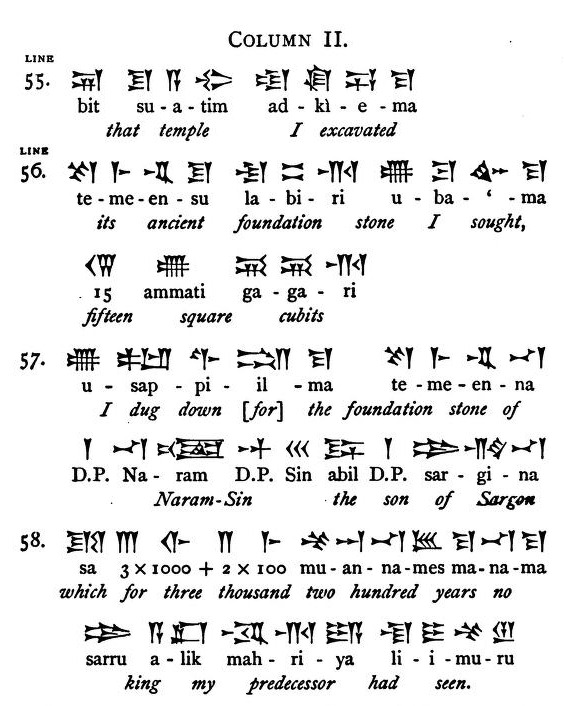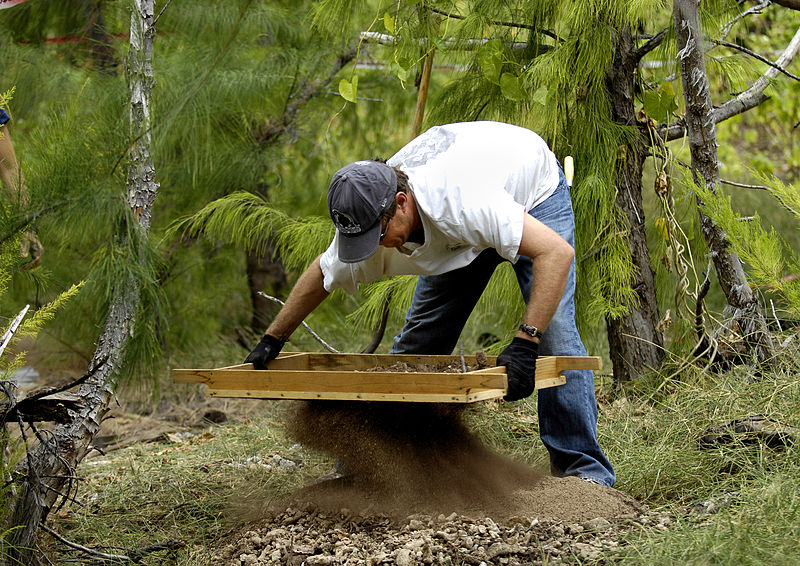Just as Indiana Jones sought out lost relics, you embark on a journey to uncover the mysteries of languages that time forgot. You’ll navigate through the remnants of civilizations, piecing together the puzzles left behind. This quest isn’t just about understanding words; it’s about connecting with the souls of cultures on the brink of oblivion.
With each chapter, you’re not merely learning; you’re reviving the voices that form the bedrock of our human narrative. The question that remains, however, is whether these efforts can stem the tide of linguistic loss or if they’re simply a race against time.
The Quest Begins
Embarking on the quest to rediscover lost languages opens a window into ancient civilizations, offering a glimpse into how our ancestors communicated and preserved their cultural legacies. You dive into a world filled with ancient scripts, each a puzzle piece of extinct languages waiting to be solved. This journey isn’t just about the thrill of deciphering; it’s about connecting with the past and safeguarding our cultural heritage.
As you delve deeper, you realize that this endeavor requires more than just passion. Technology, especially AI, becomes your ally, transforming indecipherable texts into accessible knowledge. This fusion of the past with futuristic tools is reshaping how we revive and understand these forgotten tongues.
Rediscovering lost languages does more than add words to a dictionary; it revives historical knowledge, offering unprecedented insights into past civilizations and their communication systems. You’re not just learning how they spoke; you’re understanding how they thought, lived, and interacted with their world.
This quest is a bridge between eras, a testament to the enduring legacy of human communication. As you piece together these ancient codes, you’re not merely decoding texts; you’re reconnecting with the essence of human history and experience.
Deciphering Ancient Texts
As we explore the quest to rediscover lost languages, it’s crucial to understand how scholars employ AI technology and meticulous research to decipher ancient texts. They’re revitalizing languages like Old Norse, Latin, and Proto-Celtic, bridging the gap between our modern world and ancient civilizations. Utilizing AI software and 3D models, experts are decoding challenging cuneiform inscriptions with unprecedented accuracy, offering fresh insights into our collective past.
The effort to decipher lost languages, such as Linear Elamite, showcases a century-long commitment to unraveling ancient mysteries. This persistence highlights the importance of cultural heritage and the lengths to which scholars will go to preserve it. AI technology plays a pivotal role in this process, not just in translating texts but in rewriting history itself. By filling gaps in our historical understanding, AI assists in providing a more nuanced view of ancient societies.
Through linguistic analysis, the revival and deciphering of ancient texts unlock stories long silenced. As these voices from the past are brought to light, they enrich our understanding of human history and the intricacies of our cultural heritage.
Linguists at Work

Linguists dedicate their careers to the meticulous task of preserving and understanding endangered languages, ensuring valuable knowledge and traditions are passed down through generations. You’re entering a world where every word and dialect holds the key to untold stories and ancient wisdom. The role of these dedicated professionals is pivotal in the battle against the disappearance of linguistic diversity.
Key aspects of their work include:
- Documentation: They meticulously record languages as they’re spoken today to create a comprehensive archive for future generations. This involves creating written records, audio recordings, and even video documentation of native speakers.
- Revitalization: Linguists don’t just preserve; they also work tirelessly on revitalizing languages that are on the brink of extinction. Through educational programs, community engagement, and the development of learning materials, they strive to breathe new life into fading tongues.
- Global Efforts: Their work transcends local communities, contributing to global efforts in sustaining languages. By collaborating with international organizations, linguists help raise awareness and secure resources necessary for language preservation and revitalization.
In focusing on endangered languages, language preservation, intergenerational knowledge, and exploring language origins, linguists are the unsung heroes ensuring that the voice of history is never silenced. Their dedication to revitalizing and sustaining languages is a testament to the global efforts in keeping our world’s diverse tapestry of languages alive.
Reviving Oral Traditions
Building on the foundation set by those dedicated to language preservation, reviving oral traditions is a critical step in ensuring languages carry forward their unique stories and cultural wisdom. This process isn’t just about saving words; it’s about preserving the spoken heritage that carries the essence of indigenous communities. Through language revitalization, you’re not only learning a set of sounds but also inheriting centuries of cultural knowledge embedded in stories, rituals, and everyday practices.
By engaging with communities, especially with elders and the last speakers of endangered languages, you’re participating in a vital mission. These individuals are often the keepers of vanishing languages, holding the key to a wealth of oral traditions that risk being lost forever. Your work in documentation efforts plays a crucial role in capturing these linguistic nuances and cultural practices, ensuring they’re not forgotten.
Reviving oral traditions through community engagement isn’t just an act of preservation; it’s a form of reclamation. It’s about handing back identity and history to those from whom it was almost taken. By focusing on spoken heritage and oral traditions, you’re helping to ensure that these languages, and the cultures they represent, continue to thrive for generations to come.
Technologies in Linguistic Archaeology
In the realm of linguistic archaeology, AI technology is transforming the way we uncover and breathe new life into ancient languages. You’re witnessing a revolution where complex scripts from civilizations long gone are being decoded, revealing secrets of the past. This isn’t just about reading texts; it’s about connecting with our ancestors in a way that was unimaginable before.
Here’s how AI is making it happen:
- Decipherment of Ancient Inscriptions: AI software, equipped with the ability to generate 3D models, is cracking open the world of cuneiform texts on clay tablets. These models allow for instant translations, providing you with unprecedented access to the thoughts and records of ancient civilizations.
- Linguistic Preservation: AI isn’t just translating; it’s preserving. By reviving languages like Old English and Akkadian, AI ensures that the cultural heritage and linguistic legacies of our ancestors aren’t lost to time. This is crucial for maintaining historical accuracy and providing a fuller understanding of ancient societies.
- Understanding Cultural Contexts: Through analyzing pronunciation nuances and speech cadence, AI helps you grasp the cultural contexts of languages like Akkadian and Proto-Celtic. This deeper understanding enriches our knowledge of how ancient people lived, thought, and communicated.
AI technology in linguistic archaeology isn’t just about reading old texts; it’s about reviving the voices of the past, ensuring they’re heard in the present and preserved for the future.
Case Studies of Rediscovery
Through the lens of AI technology, we’re exploring case studies like Linear Elamite and Nüshu, which highlight the journey of rediscovering lost languages. These efforts aren’t just academic exercises; they’re quests to revive pieces of our world’s diverse linguistic heritage and preserve them for future generations. You’re stepping into a realm where decoding ancient scripts offers a window into the cultural significance and everyday lives of historical civilizations.
| Lost Language | Contribution to Heritage Preservation |
|---|---|
| Linear Elamite | Offers insights into ancient Middle Eastern civilizations, deepening our understanding of their societal structures and cultural practices. |
| Nüshu | Provides a unique perspective on the linguistic heritage and women’s lives in historical China, emphasizing the importance of gendered communication systems. |
| Role of AI | Impact on Revival |
| Deciphering ancient scripts | Facilitates the revival of lost languages, allowing us to reclaim and celebrate our global cultural diversity. |
Challenges and Controversies
Despite the noble intentions behind saving endangered languages, this endeavor faces significant controversies and challenges. You’re diving into a world where the line between preservation and interference is thin, where the voices of the past clash with the realities of the present. The quest to save languages teetering on the brink of oblivion is fraught with obstacles, both ideological and practical.
Here are three key points to consider:
- Effectiveness and Impact: Critics question the real impact of external efforts to save endangered languages. They argue that such endeavors often fail to genuinely contribute to revitalization, sometimes even hindering it by imposing outsider perspectives on deeply personal and cultural processes.
- Superficial Treatment: There’s a challenge in ensuring that the quest to save vanishing languages doesn’t just scratch the surface. Critics of works like *The Last Speakers* point out the disappointment in focusing more on personal adventures than on gaining deep insights from the last speakers of these ancient tongues.
- Role of Last Speakers: The struggle to pass on endangered languages is a poignant reminder of the crucial role last speakers play. Figures like Johnny Hill Jr. exemplify the importance of preserving not just the language but its connection to history, culture, and identity.
As you navigate the complexities of language preservation, remember that every word carries a piece of history, every phrase a fragment of an ancient story. The controversies and challenges are part of the journey to keep endangered languages alive, ensuring they’re more than mere footnotes in the annals of time.
Impact on Modern Languages
Rediscovering lost languages often enriches modern tongues, introducing linguistic treasures previously buried by time. When you delve into the depths of forgotten dialects, you’re not just unearthing ancient words; you’re unlocking a trove of linguistic borrowings and influences that can profoundly shape the evolution of today’s languages. It’s a journey that offers both challenges and unparalleled insights, pushing the boundaries of our understanding and inviting creativity and innovation into the way we communicate.
| Impact on Modern Languages | Description |
|---|---|
| Linguistic Borrowings | Rediscovered elements from lost languages can be woven into modern tongues, enriching vocabulary and expressions. |
| Evolution Insights | Studying lost languages provides clues to the development and transformation of contemporary languages. |
| Revival of Elements | Forgotten linguistic structures and elements find new life, revitalizing modern language usage. |
| Challenging Theories | Discoveries from lost languages can question and reshape existing linguistic theories and assumptions. |
| Inspiring Creativity | The exploration of lost languages stimulates innovation, offering fresh perspectives on communication. |
Embracing the revival of lost languages isn’t just about preserving the past; it’s about enriching the present and inspiring the future of language.
Future of Lost Languages
As we look toward the future, it’s clear that the destiny of lost languages hinges on persistent global efforts to preserve and breathe new life into them. The future of lost languages isn’t just a dream but a tangible goal that’s gradually becoming reality through:
- Ongoing Preservation: Initiatives worldwide are dedicated to safeguarding the cultural significance and historical heritage of languages on the brink of oblivion. This involves meticulous linguistic research and community engagement to ensure these languages aren’t forgotten.
- Revitalization Efforts: Scholars and cutting-edge technology, including AI, are pivotal in deciphering ancient languages and making them accessible again. Projects like the study of Kurdish Aramaic aim to reconstruct the socioreligious past of disappearing indigenous communities, providing a window into their world.
- Sustained Support for Endangered Languages: Efforts to document, revive, and sustain endangered languages are crucial. They contribute to a richer understanding of human history and cultural diversity, reminding us of the intricate tapestry of human expression that spans across millennia.
Your role in the future of lost languages is more than that of a bystander; it’s an active participant in ongoing preservation, revitalization efforts, and the celebration of linguistic diversity.
Conclusion
As you’ve journeyed through the quest of rediscovering lost languages, you’ve seen the dedication it takes to unlock ancient texts and revive fading voices. From linguists deciphering secrets to technology aiding in unearthing forgotten words, each step has been crucial.
Facing challenges and controversies, the impact on modern languages and our understanding of history is undeniable. The future of these languages rests in our hands, reminding us of the importance of preserving our diverse linguistic heritage for generations to come.



